A journey that makes us proud, a legacy that mobilises us for each new challenge, taking on the example of the previous generations who crossed oceans and turned dreams into reality for our clients and partners, promoting sustainable development supported by a long-term vision, consolidated by excellence in each new project, which has reinforced trust in the Mota-Engil Brand throughout its history in more than 50 countries.

Our History
Our Journey
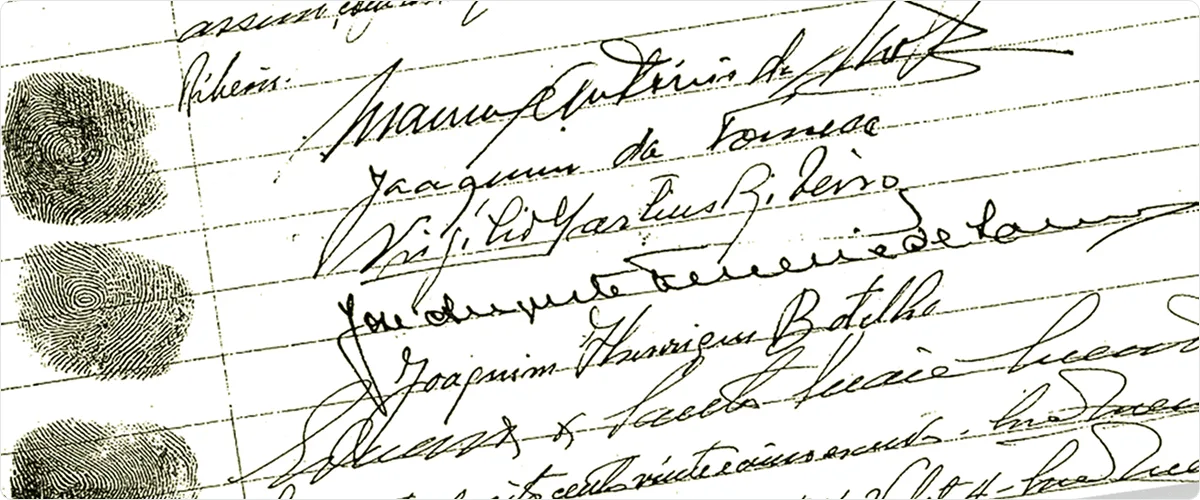
On 29 June 1946, Manuel António da Mota founded Mota & Companhia in Amarante. That same month and year, the company set up a branch in Angola, where it immediately and exclusively began its activities until 1974, first in the area of wood harvesting and processing, and then, from 1948 onwards, also in the area of Construction and Civil Engineering Works.
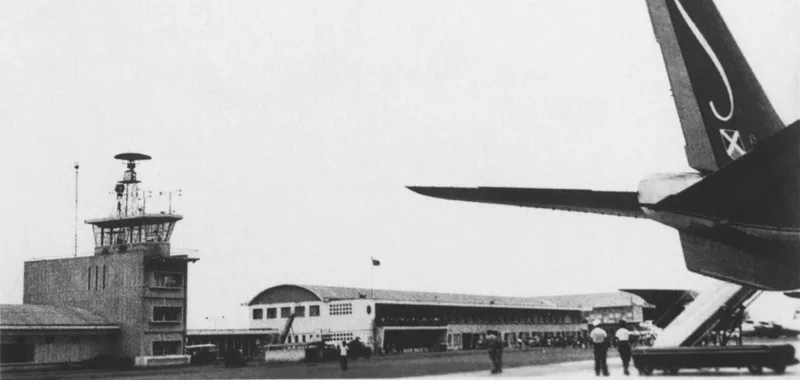
That year, the contract was awarded for the Luanda International Airport, which became the first major project to be carried out in that country and which served as a benchmark for the company’s activity in the following years.
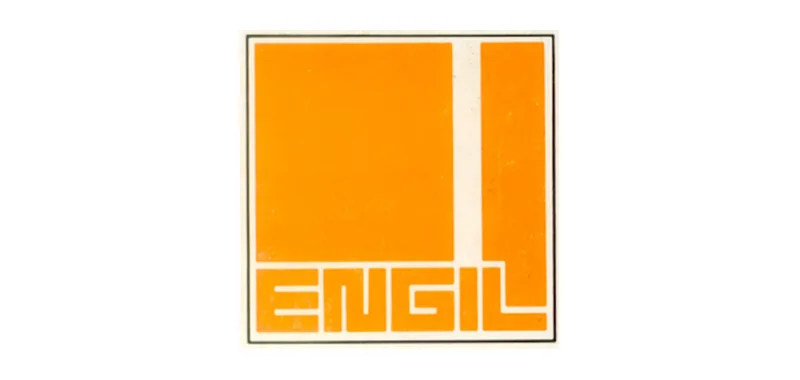
Engil, Sociedade de Engenharia Civil Lda., was founded September 3rd, by Fernando José Saraiva and António Lopes de Almeida, focusing on the housing sector in the early 1950s. In 1954, new partners joined the company, namely Simões Cúcio and António Valadas Fernandes, with the latter leading the company.
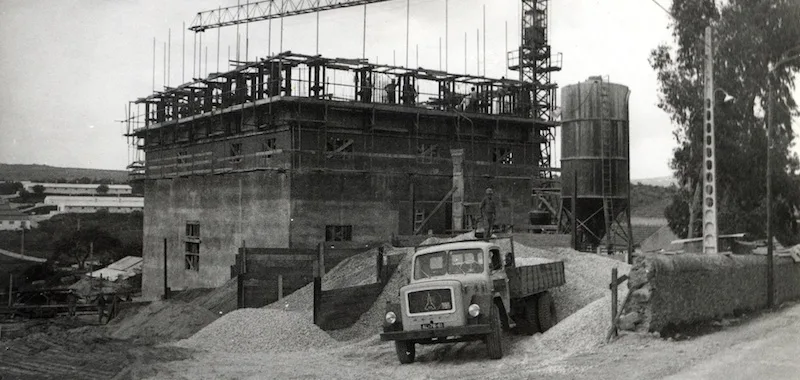
With the signing of the contract with Siemens-Baunnion, Engil acquired the exclusive rights to use the patented Siemcrete sliding formwork system in Portugal, which has enabled it to carry out numerous large silo and chimney projects since then. As part of the expansion of its operations, the company’s northern branch was set up in the city of Porto.
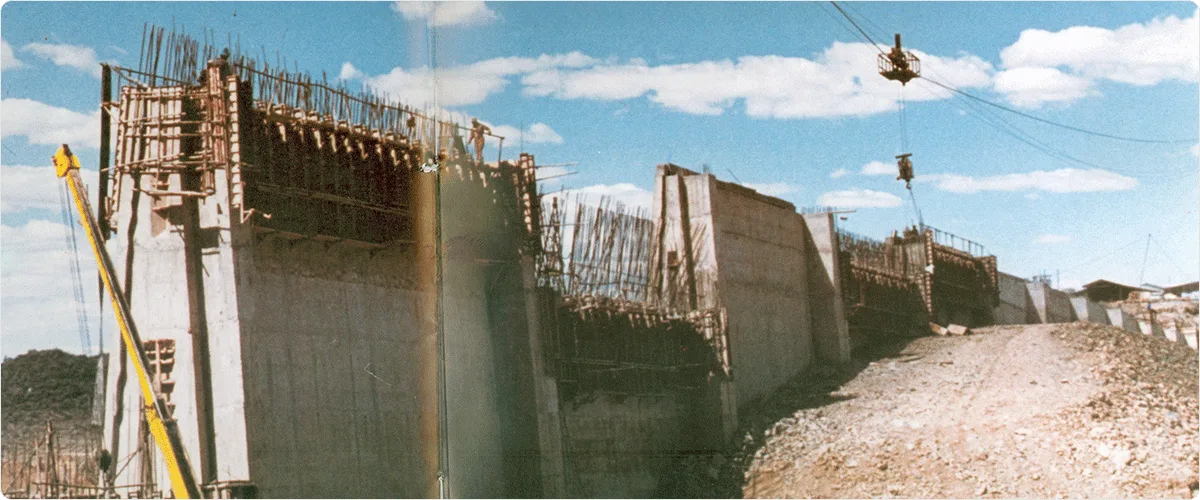
Activity began in Namibia with the construction of the Dreihuk dam and in Bophuthatswana with the construction of the Sun City development and the Matooster – Bierkraal road.
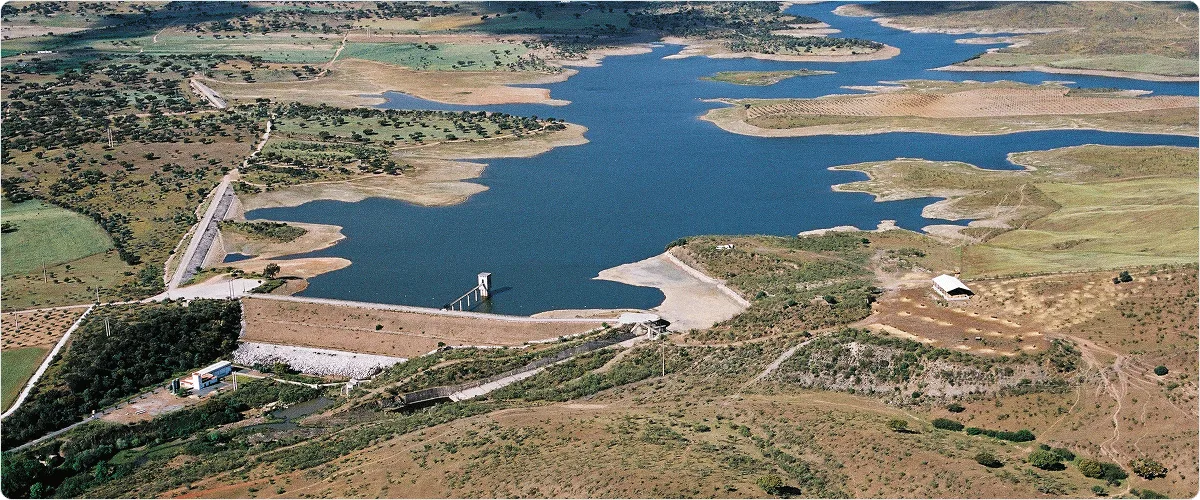
With the contract award of a small dam – the Lucefecit Dam in Alentejo – the company initiated its activity in Portugal.
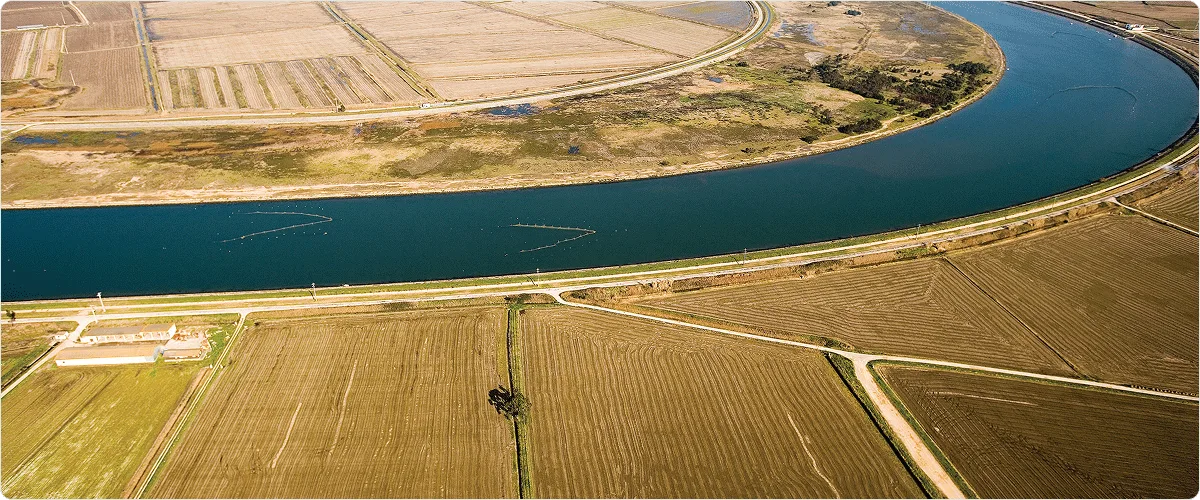
In 1977, Mota & Companhia was awarded the Lower Mondego River bed Regularisation Project, considered to be one of the largest projects in Portugal in the 20th century, in an International Public Tender.
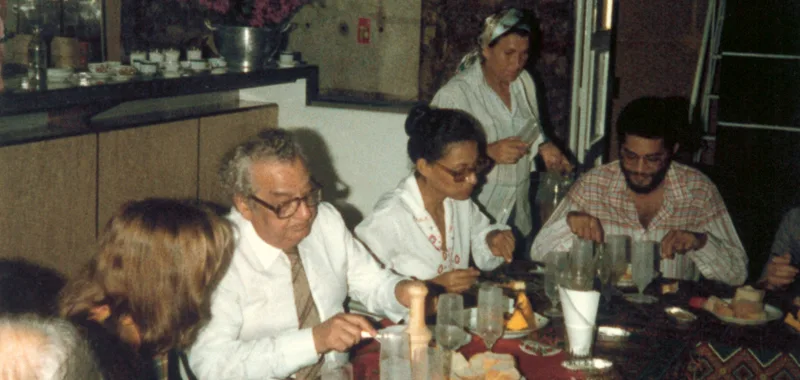
In consortium with the Angolan government, Mota & Companhia set up Paviterra, a partnership that shows the company’s long-term commitment to this country, where it has been present since the company was founded, in 1946.
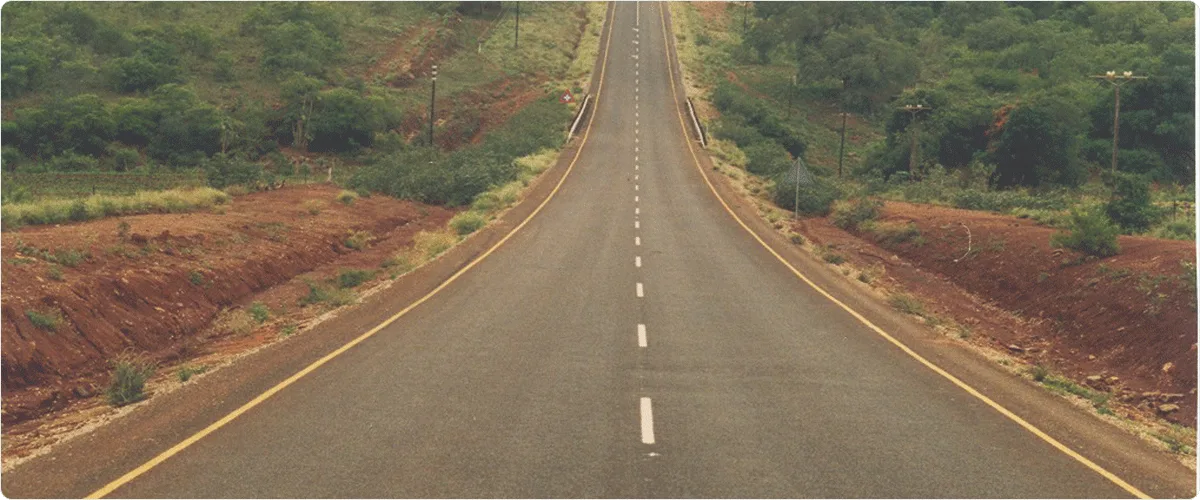
In 1982, with the contract award of the N’Toum Cocobeach road project, the company began operating in Gabon, and, in 1983, extended its operations to Swaziland, with the construction of the Lonhlupheko – Lomahasha road.

Due to its size and technical aspects, the construction of the Alto do Lindoso Dam in Portugal is still today a milestone in the history of the major works in the portfolio.
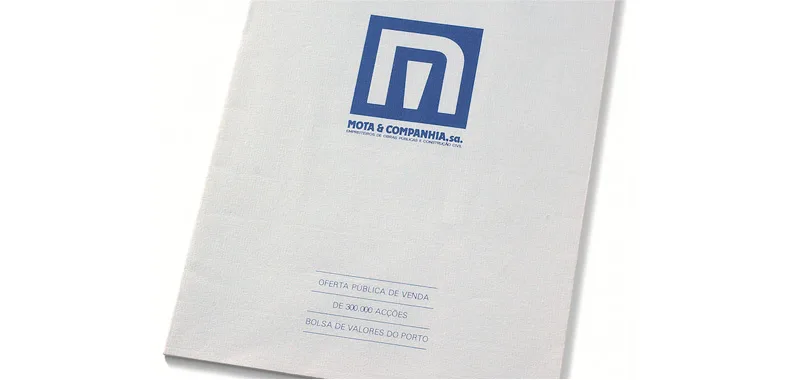
In August 1987, Mota & Companhia was transformed into a public limited company, with the subsequent dispersion of 12% of its capital to the public and listing on the Stock Exchange. Subsequently, Engil acquired Sociedade de Empreitadas Adriano in 1988, Gerco-Sociedade de Engenharia Eletrotécnica, SA, in 1990, and Ferrovias e Construções, in 1991.
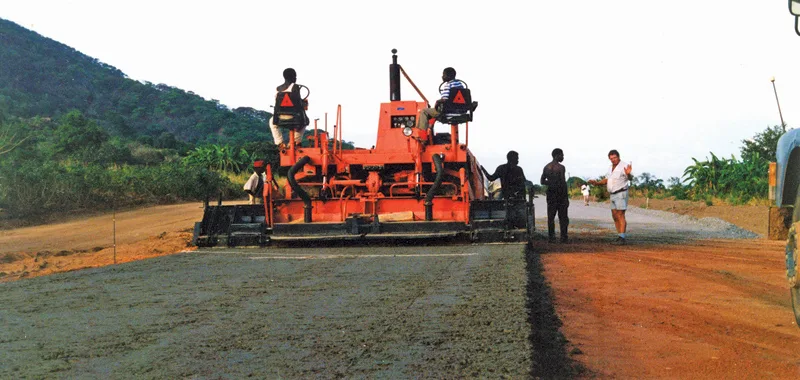
The company entered Malawi in 1990, later expanding to Mozambique, in 1991, and Cape Verde, in 1995, where it began operations with the construction of the airport in the city of Praia. The company has maintained a growing presence in these countries ever since.
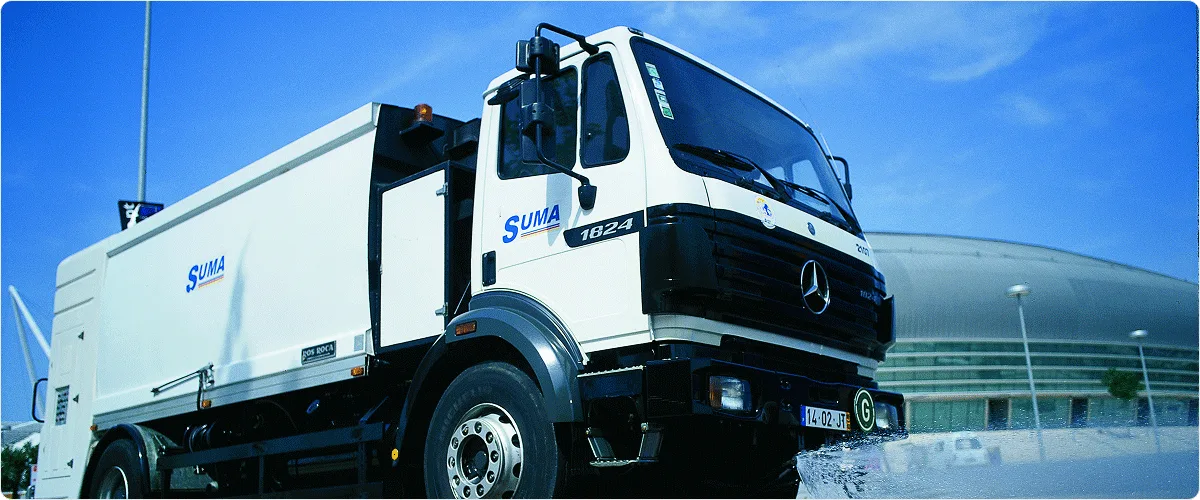
SUMA – Serviços Urbanos e Meio Ambiente was set up in 1994. From the outset, it was a pioneering company in waste collection and urban cleaning services. The company was responsible for providing services for EXPO’98, which took place in Lisbon, showcasing the company’s full capability and its technical staff, quickly coming to take on a position of leadership in Portugal, and later expanding to other countries in Africa and Latin America, as well as Oman.

Mota & Companhia was a founding shareholder of Lusoponte, a company set up to bid in an international public tender for the contract of the crossing over the Tagus River. Having won the tender with the best economic proposal, the Group developed the first PPP in Portugal, carrying out the construction of the Vasco da Gama Bridge, the largest bridge built on the European continent at the time, in a project that took place between 1994 and 1998.
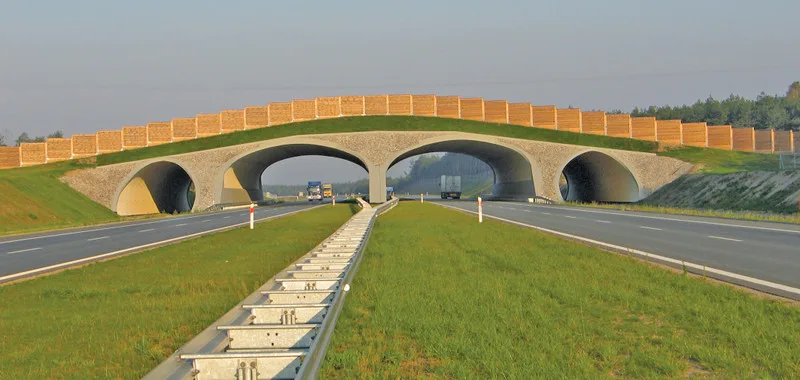
In March, Mota & Companhia approved its Strategic Plan, which defined its internationalisation to Central Europe and its commitment to diversifying its activities. This is how the company entered Poland, in 1996, as well as Hungary and the Czech Republic.
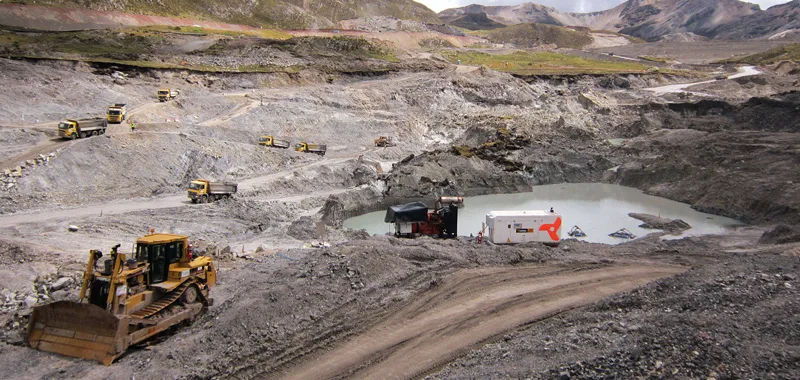
After working in Venezuela, in 1978, and Peru, since 1996, the company decided to invest in the Peruvian market by acquiring the local company Translei. In a clear and successful negotiation process, even before the merger, Mota & Companhia and Engil joined forces to acquire this Peruvian company, which operated exclusively in the provision of engineering services related to earthmoving and related work for the exploitation of mining concessions.

Contract award of the northern concession to Aenor, a subsidiary of Mota & Companhia, in an international public tender, and the start of the Transport Concessions area, resulting in the beginning of what would come to be the establishment of a reference infrastructure concessionaire in Portugal.
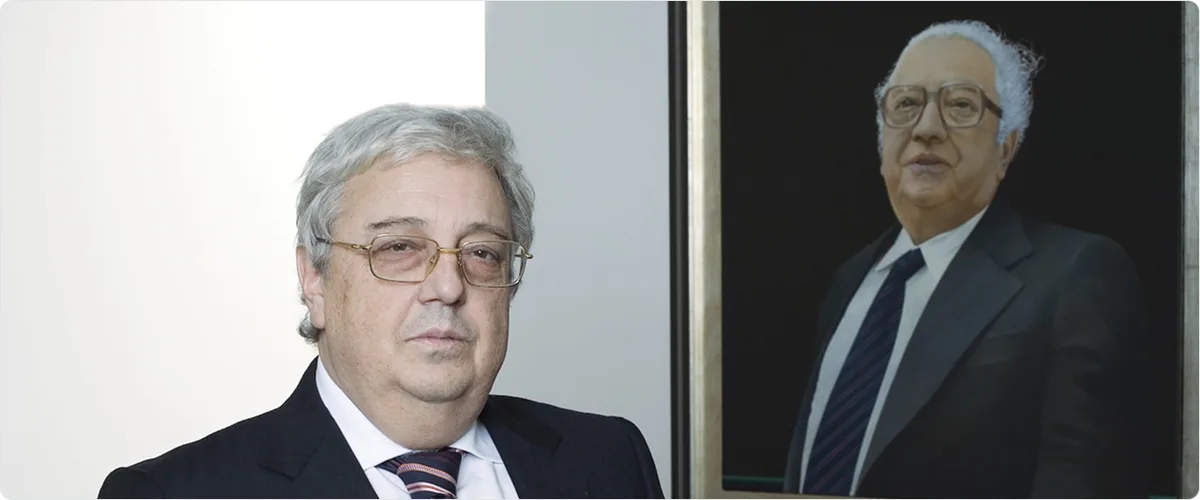
On 23 July 1999, companies belonging to the Mota family launched a public offer for the acquisition of the entire share capital of Engil SGPS, which resulted in the completion of the acquisition in 2000, and thus the creation of the Mota-Engil Group, a leader in Portugal in the Engineering and Construction and in the Environment sectors, with the company formed being under the chairmanship of António Mota, supported by the Mota-Engil SGPS Holding.
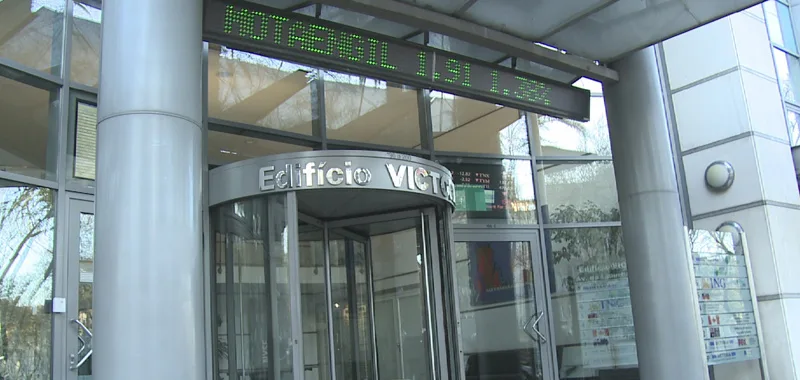
Joining the PSI 20, Portugal’s main stock exchange index, has enabled the Group to gain visibility and potential for appreciation, growth and attraction of investment.
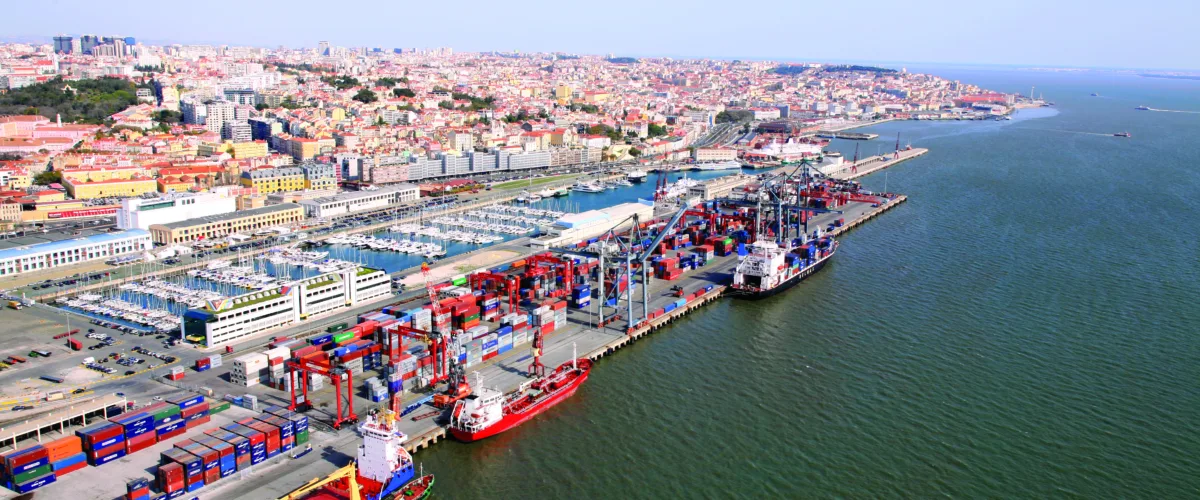
In January 2007, the Mota-Engil Group acquired Tertir, the main port operator in Portugal, enabling the former to integrate port activities and logistics infrastructure operations into its portfolio, thus boosting intermodality and complementary services.
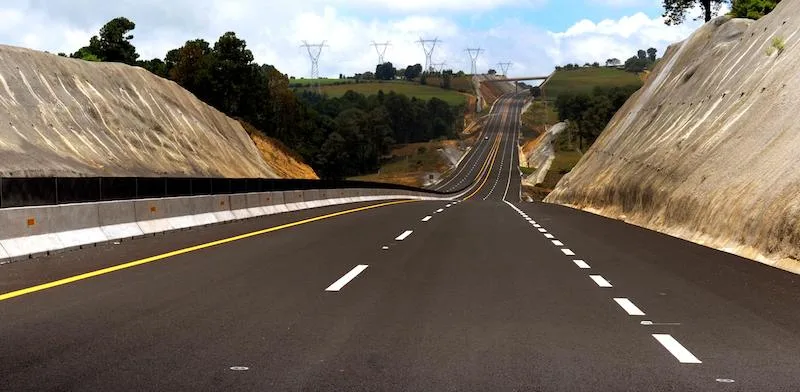
The entry into Mexico was curious in that, unlike the other markets, it did not come through the Engineering and Construction area, but through the Transport Concessions area, with the contract award of the Perote-Xalapa road contract, in the state of Vera Cruz, a project that, in 2013, was considered by World Finance as the best transport project, representing a major milestone in the quality of Mota-Engil Group’s Engineering.
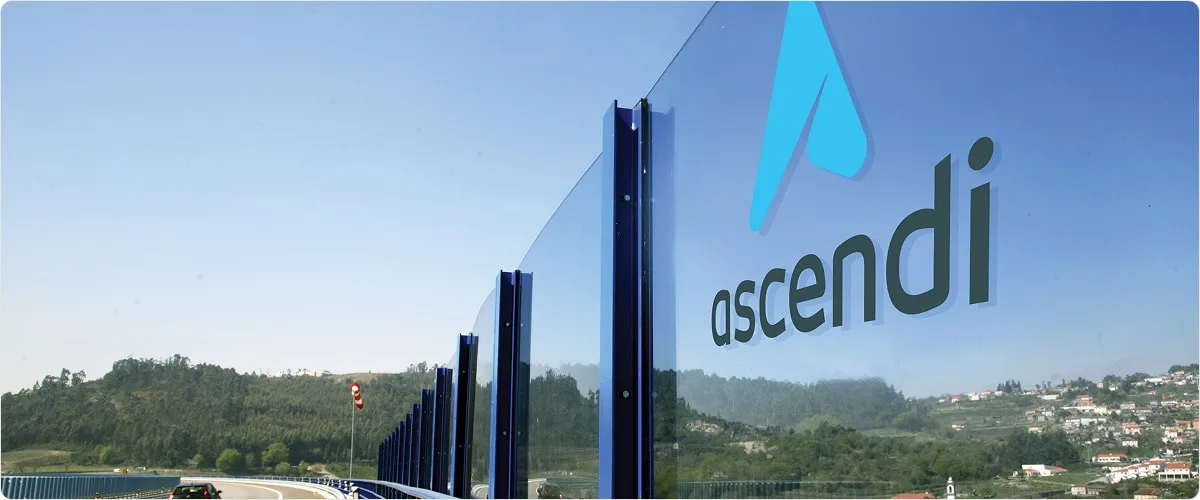
On 29 April, Ascendi was formally incorporated. This company would hold the concession assets and consolidated its position as the second largest concessions operator in Portugal.
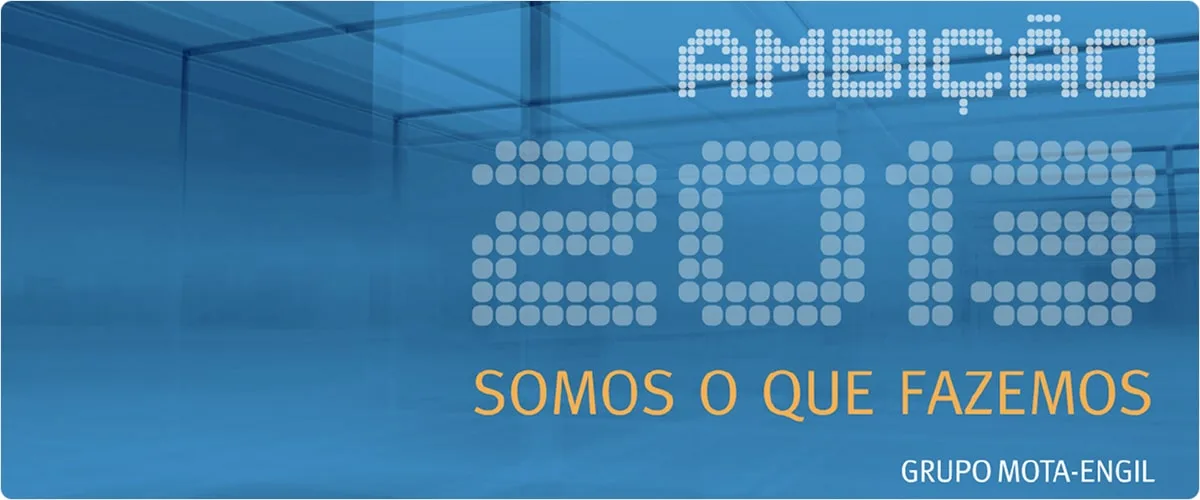
The “Ambition 2013” Strategic Plan for the 2009–2013 period was presented in May, coinciding with the creation of the Executive Committee and the appointment of Jorge Coelho as CEO.
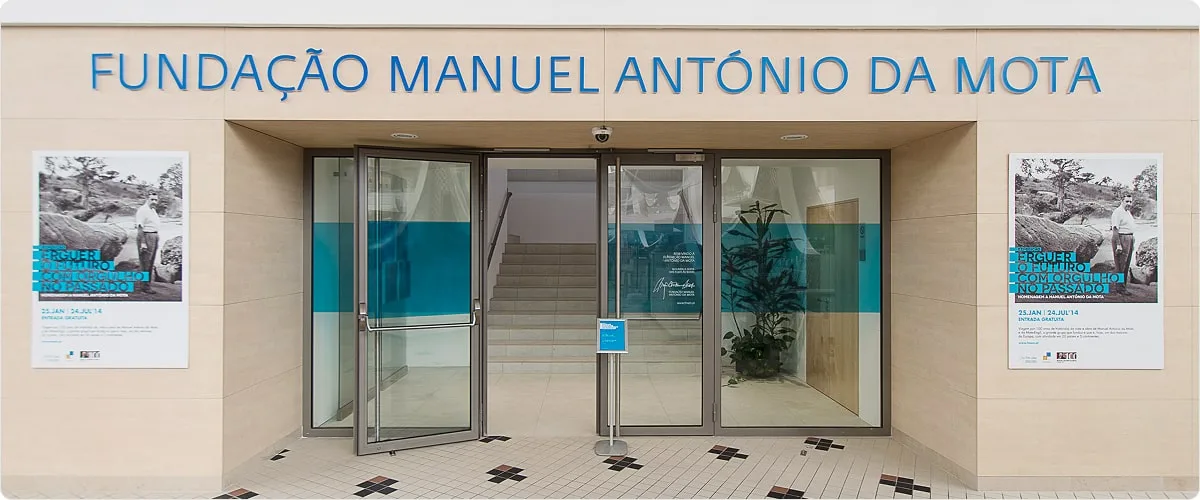
On 18 December 2009, the Manuel António da Mota Foundation was established by public deed in Porto. The mission of the Manuel António da Mota Foundation is to contribute to the integrated development of the communities in which the Mota-Engil Group operates, by promoting, developing, and supporting initiatives of a social nature, in the areas of charity and social solidarity, and of a cultural nature, in the areas of education, health, environment, organisation, and support for artistic activity.
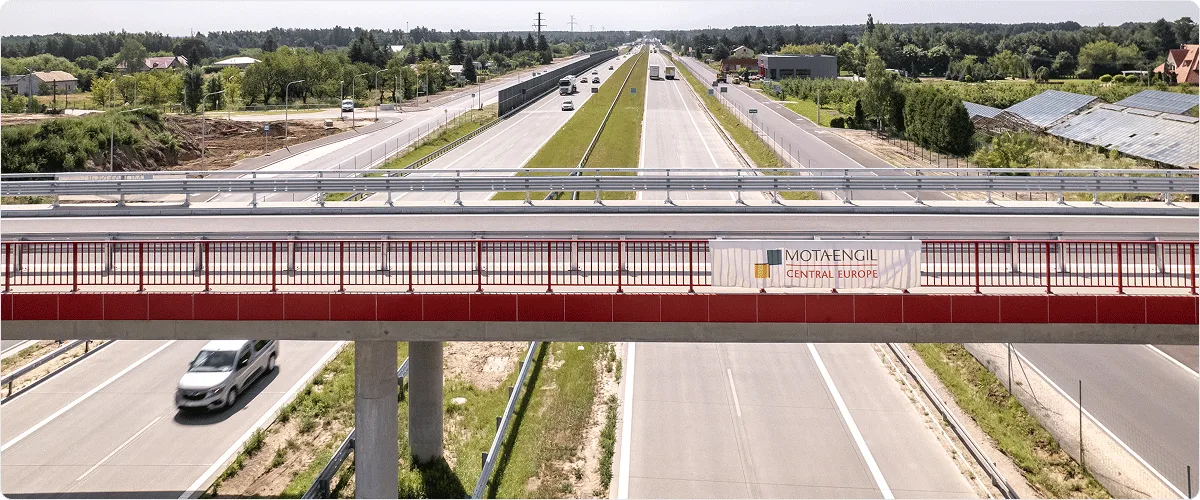
With a growth in activity in Central Europe over 15 years, the Mota-Engil Group changed the name of Mota-Engil Polska to Mota-Engil Central Europe (MECE), centralising in Poland the management of its subsidiaries in this region.
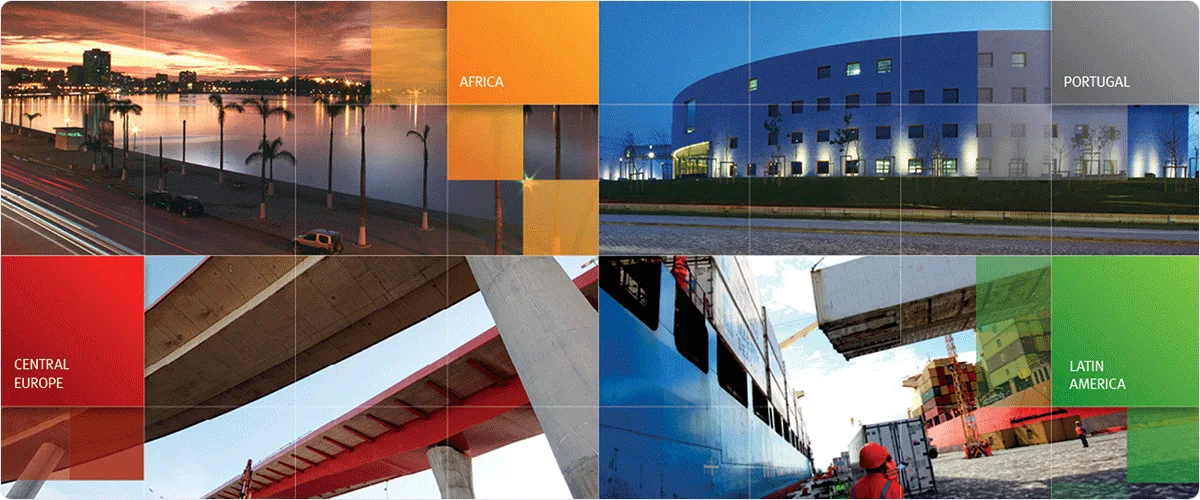
The beginning of the year was marked by a change in the organisational model of the
Mota-Engil Group, which moved to a matrix defined by regions instead of the previous model organised by business areas. This is how the four priority regions are defined: Portugal, Central Europe, Africa, and Latin America. In 2012, the “Ambition 2.0” Strategic Plan was presented for the 2013–2015 period.
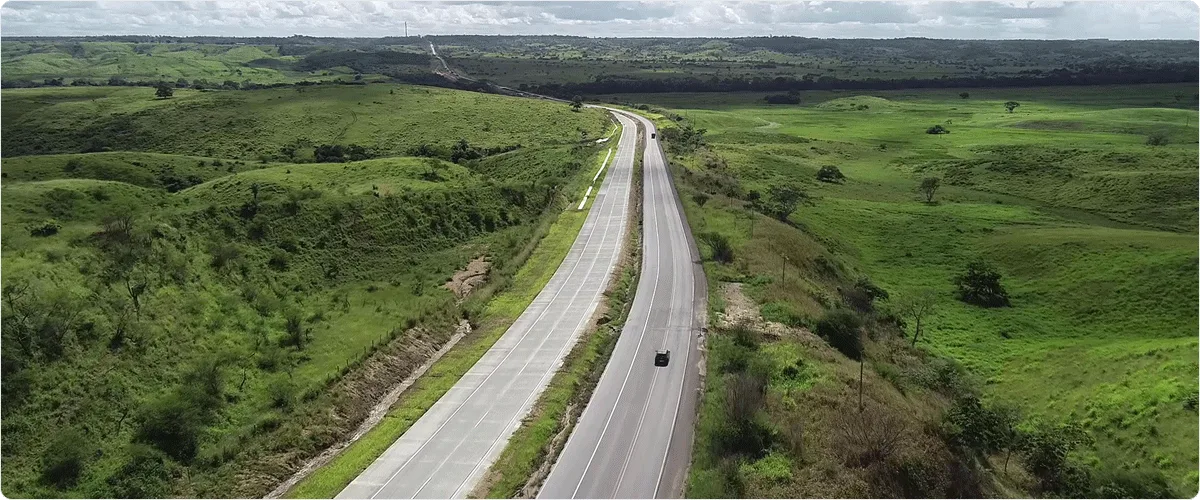
Following the entry into Brazil, in 2010, and after a long process of assessment of acquisition opportunities, the company entered into Empresa Construtora Brasil (ECB), a company based in Belo Horizonte with a vast track record in the infrastructure sector, which has since become the Group’s investment vehicle in the Brazilian market, with the most relevant investment being the strategic investment in the Oil & Gas sector, where ECB has been a relevant player, since 2018.

In January Gonçalo Moura Martins was appointed Chairman of the Executive Committee. It was incorporated the Consultative Strategic Council as advisory body to the executive bodies of the Group and Reflection Forum about international development. It was created the region Europe, integrating Portugal and Central Europe in a consolidation of structures promoting efficiency and synergies in order to operate in the European market. The Group expands its activity in Africa into new markets such as Ghana and Zambia, operating in 20 countries.
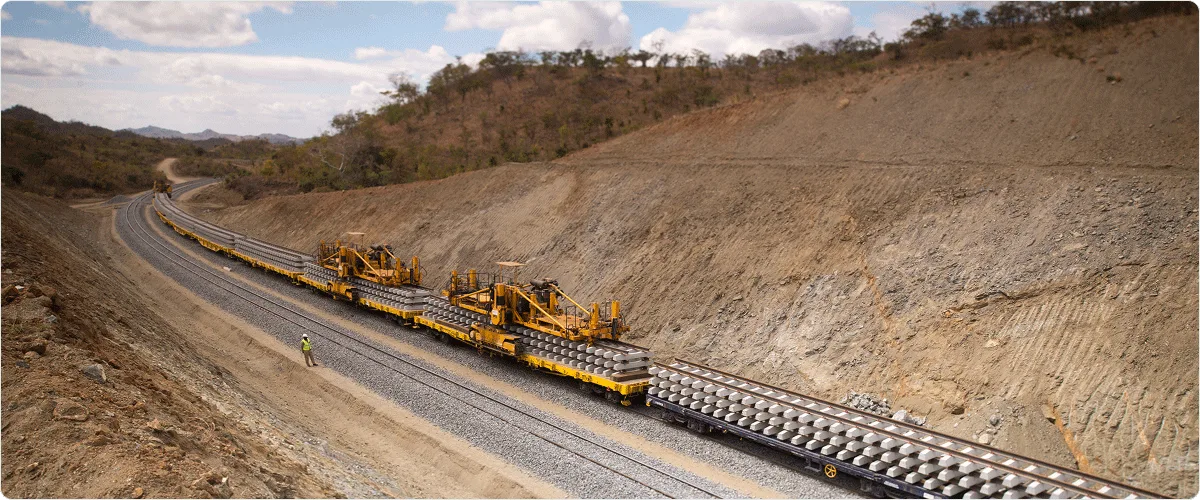
Mota-Engil Africa completed the construction of a new railway channel in Malawi that would connect the Moatize mines to the Nacala Corridor, crossing the entire territory of Malawi, a project that, at the time, was the largest railway project in the past 50 years on the African continent.

Sociedad Generadora Fénix, a subsidiary of Mota-Engil Mexico, became the first private operator to produce and commercialise electricity in Mexico, later deepening its participation in the Mexican energy market, with the development of projects related to renewable energies and combined-cycle gas power plants.
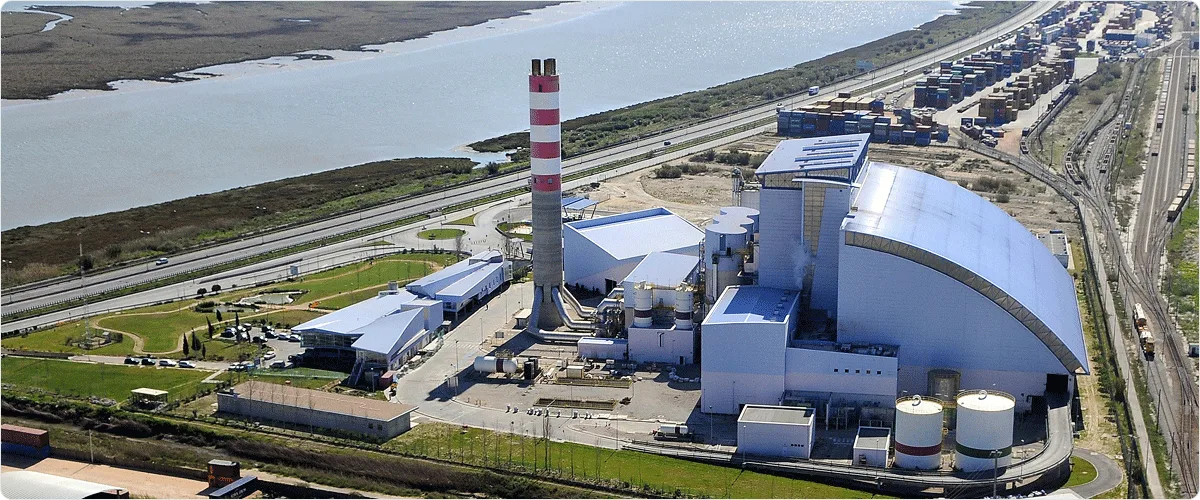
In order to strengthen investment in the environmental sector, Mota-Engil participated in the privatisation process of EGF, Portugal’s leading waste treatment and recovery company, having submitted the best bid among international competitors. With the acquisition of EGF,
the Mota-Engil Group gained the capacity to operate throughout the value chain of Integrated Waste Management, and with strong potential for internationalisation.

With the sale of Ascendi, Mota-Engil continued its activity as an infrastructure concessionaire through LINEAS, the holding company set up to hold stakes in Portugal, such as Lusoponte and Douro Interior, as well as to evaluate new concession projects in Europe, leaving the concessionaires in which the Group has stakes in the Latin American region under the management of Mota-Engil Latam.
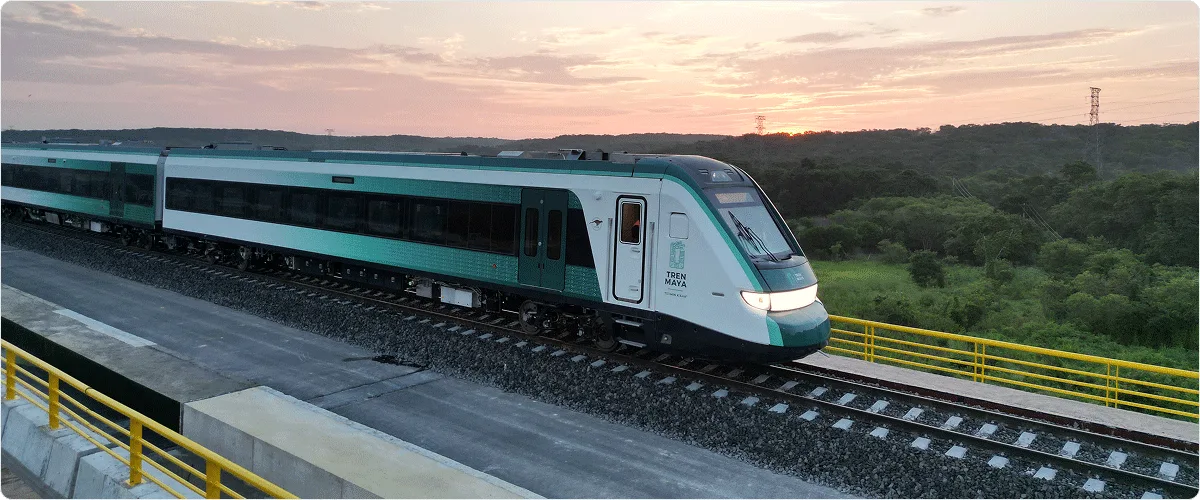
The construction of two sections (sections 1 and 5) of the Tren Maya project represented a milestone in the history of Mota-Engil México, due to the challenge of building the largest railway project in Latin America, which will have a transformative impact on the development and cohesion of the territory.

Mota-Engil Nigeria won the largest contract ever in its history, for the construction of a
Kano-Maradi railway line between Nigeria and neighbouring Niger, with responsibility
for the execution of the infrastructure, as well as the supply of rolling stock.
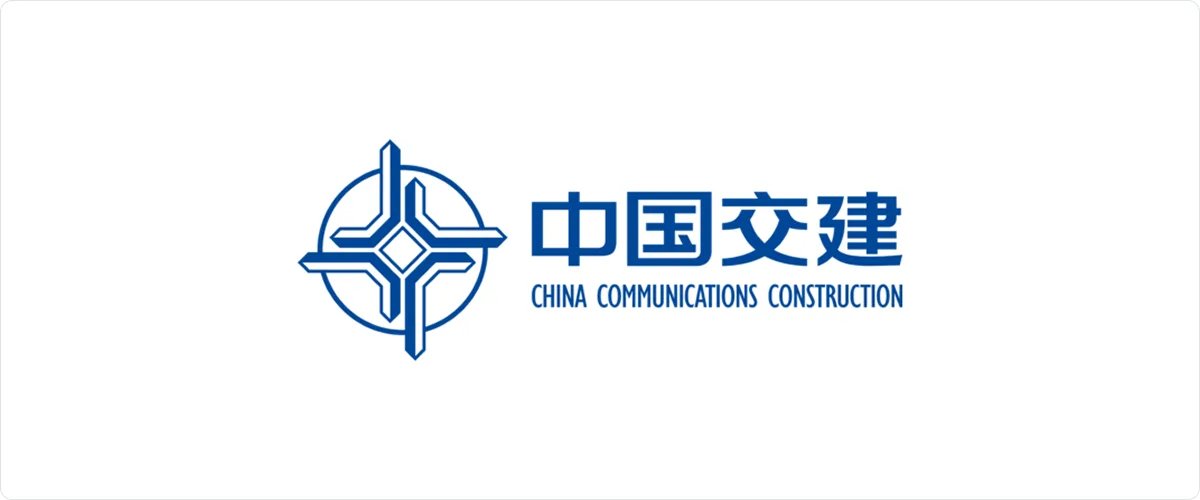
In May, CCCC, the world’s fourth-largest construction company, became a reference shareholder, with a 32.4% stake in the company’s share capital, and it was announced that this capital injection by a new shareholder sought to create a strategic, long-term partnership that will generate added value for both entities.
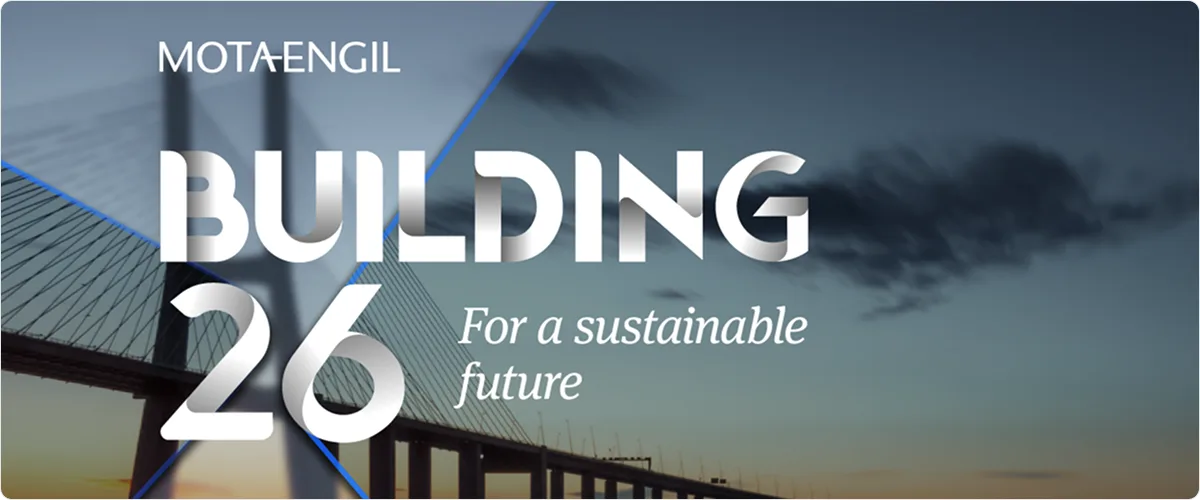
In November, the Group presented its Strategic Plan, called “Building’26”, with objectives to strengthen the diversification of activities, introducing Sustainability at the top of the Group’s strategic agenda.
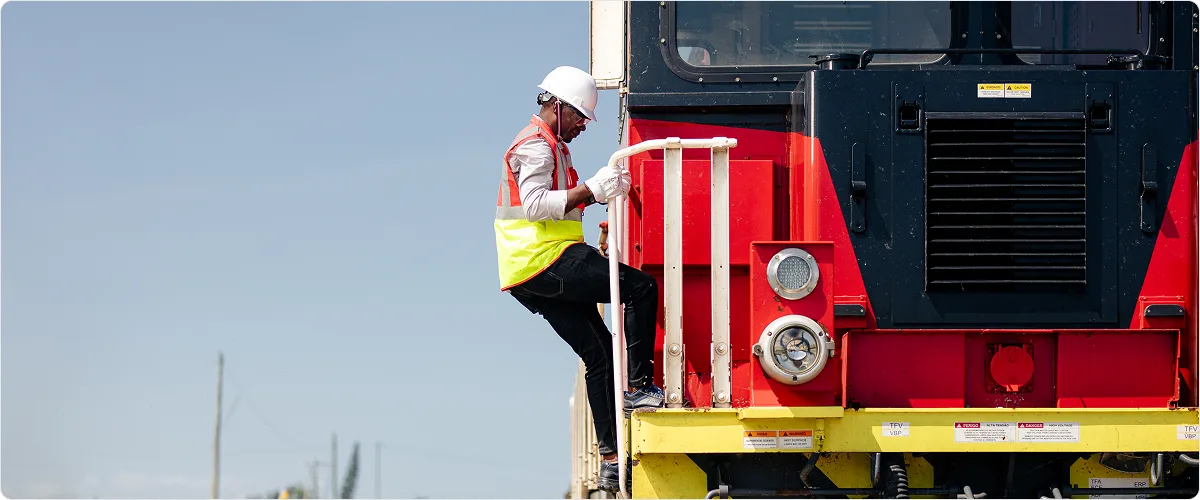
Mota-Engil assumed responsibility as concessionaire for the Lobito Logistics Corridor. Under a 30-year concession, this project seeks to rehabilitate the infrastructure and boost international trade in Africa in a very relevant way, with a connection between Angola and DR Congo, with the potential to expand to Zambia.

On February 1st, Carlos Mota Santos, until then Vice-CEO, took over as Chairman and CEO.
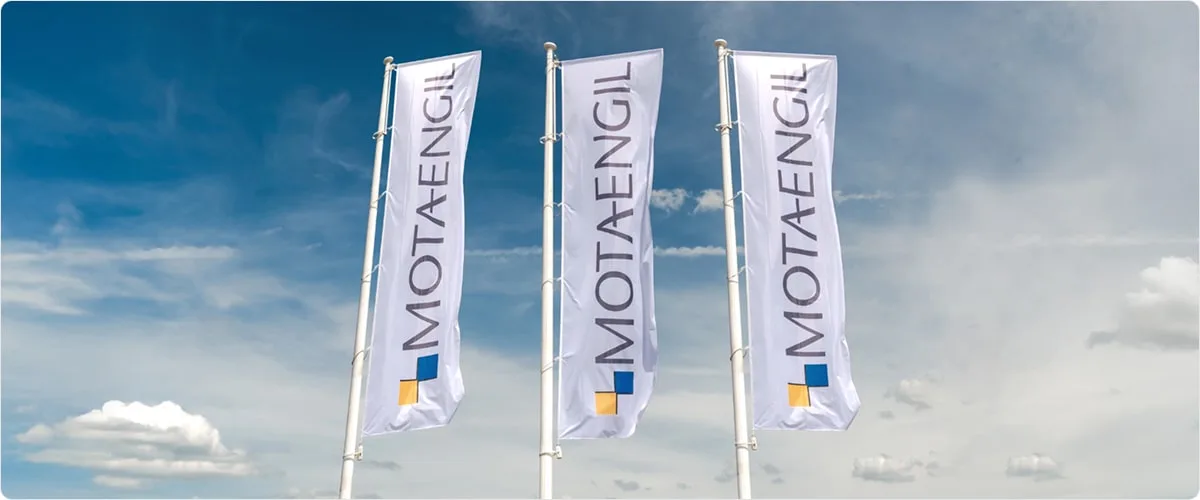
The Mota-Engil Group took its highest place in history in the Industry ranking, joining the ranks of the 15 largest European construction companies and also becoming one of the ten largest construction companies in Africa and Latin America.